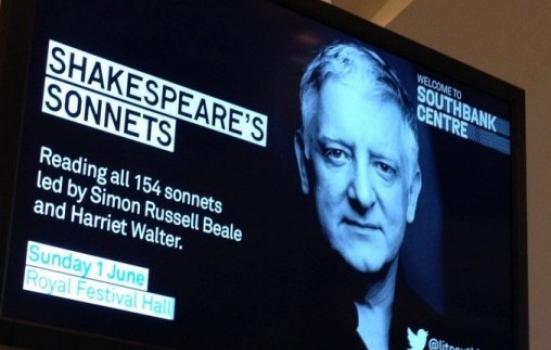Technology is offering new ways for arts organisations to market their work and engage with audiences. Sofia Carobbio reveals some of the most effective.

Digital marketing is now a major strand in every arts organisation’s marketing mix. From search engine optimisation, paid search and promoted content to paid advertising and digital posters, advertising budgets are being maximised through smart targeting.
Customer relationship management (CRM) software is transforming communications with existing audiences through more efficient data management and targeting, both of marketing messages and service provision. The whole customer journey is now being considered, with pre- and post-visit information being sent, as well as the traditional sales messages.
Bigger organisations are also trying to reach the holy grail of linking the viewing of an online advert to an actual ticket purchase
Bigger organisations are also trying to reach the holy grail of linking the viewing of an online advert to an actual ticket purchase and then using software to automatically serve more adverts to the best performing platform or to users with similar profiles.
And audiences are responding well too, as they’re not being bombarded with information that isn’t relevant to them.
Maximising social media
The most successful organisations understand that social media is about drawing engagement in and not pushing messages out. With some follower numbers in the millions, many organisations now have full-time staff dedicated to it, directed to lead the editorial strategy and experiment with content.
For the British Museum exhibition in 2012, Hajj: Journey to the Heart of Islam, the museum developed a campaign that reached out to Muslim audiences and also provided engaging and informative content for non-Muslims who wanted to know more about the pilgrimage to Mecca.
It invited those who have been on the Hajj to submit their experiences online in the form of text, pictures and video. They were then displayed on the website and a selection featured in the exhibition’s multimedia guide and in the exhibition itself. Participants were also encouraged to share the content with their own social communities, further increasing reach.
Improving the visitor experience
Museums and galleries are using technology to enhance the physical experience and make their content relevant through customised experiences.
A good example of this is the Cleveland Museum of Art in Ohio in the US where the Collection Wall offers visitors pre-defined thematic tours to choose from or helps them create their own tour by picking their favourite objects from the museum’s collection. Tours are then loaded on to a personal device, with the museum’s app serving as a guide.
Cultural brands that are confident with digital media have embraced the fact that they no longer have full control over assets like collection images. And so they have provided their audiences with the tools to give their content a new and more personal meaning.
The Rijksstudio in Amsterdam was developed by the Rijksmuseum to allow the public to curate, purchase, download and rework high-resolution images of their masterpieces. The project has created interest, engagement and demand, and changed the way the museum is perceived.
Day-to-day communication
Many people are feeling the benefits of going digital in their public spaces, using screens instead of printed leaflets or signs to advertise the programme or signpost the venue. Not only are they easier to manage, they also keep spaces tidier and cost less after the initial outlay. Screens are also responsive to circumstances such as the time of day or sudden programme changes.
This can be seen at the Southbank Centre in London where screens are installed everywhere including the cafes, not only to advertise forthcoming events but also to alert ticket holders of the night’s performance times.
Staff e-newsletters have been around for a while, and some organisations have invested in intranets, particularly when the thrust is to have a more digital mindset. Intranets support staff in becoming more comfortable with digital activity, and greatly improve information-sharing from news to project updates to sudden operational issues. Vital when many people are collaboratively running a venue. Social media platforms designed for businesses such as Yammer are also becoming popular as are wikis and project planning packages.
A means to an end
Many of the developments above have brought benefits to both organisations and audiences, but as technology evolves so very quickly some organisations feel under pressure to be seen to be doing the latest thing. I feel that digital platforms should be a means to an end and only be used if they add value to and support a brand – so check how it is perceived in the mind of the audience or visitor.
Sofia Carobbio is a Consultant at Jane Wentworth Associates.
www.janewentworth.com




